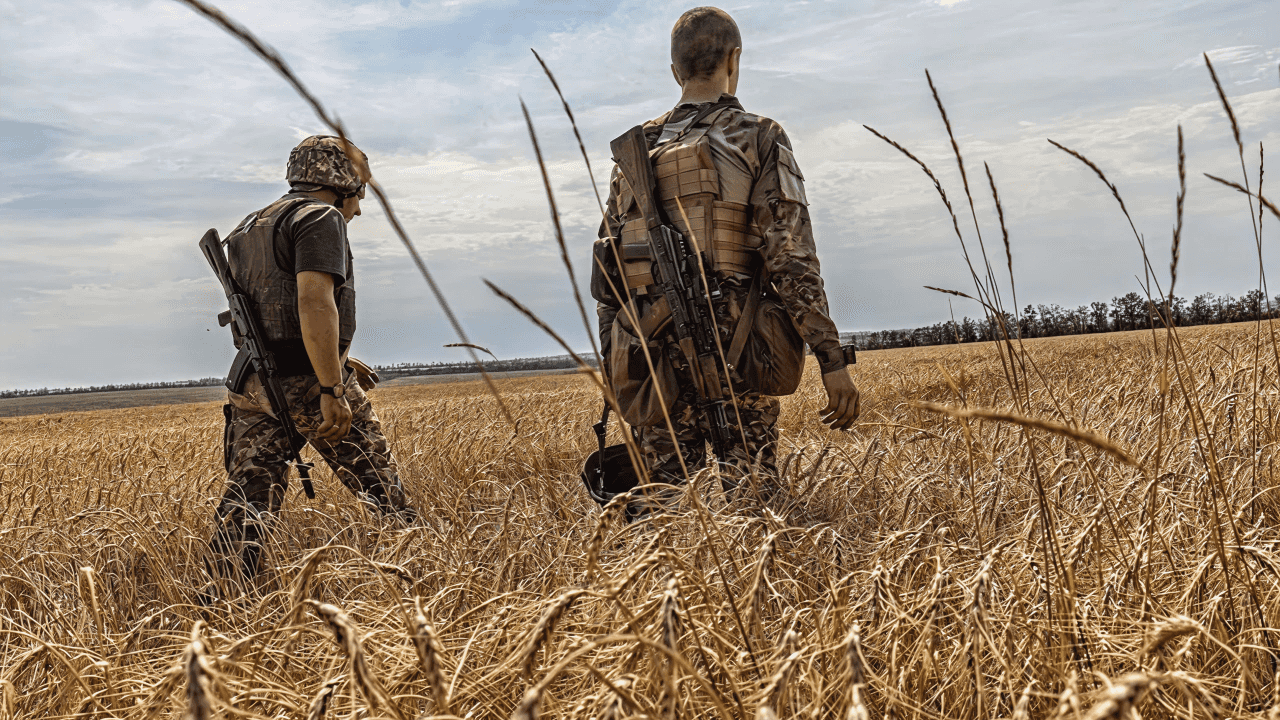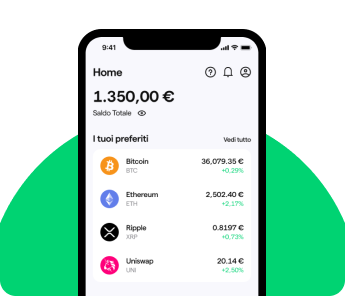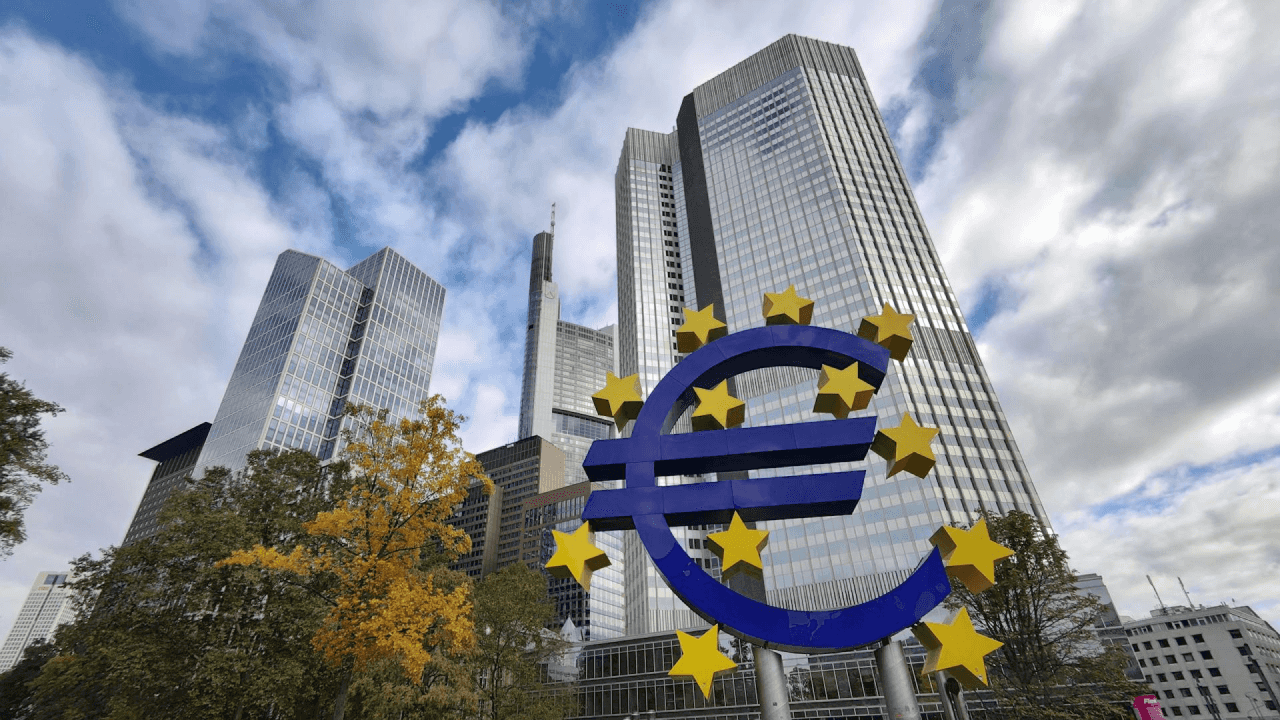
It was a busy weekend for Donald Trump, who met with Putin, Zelensky, European leaders, and NATO representatives. What happened – and how did markets react?
It was an eventful and politically charged weekend: over the course of four days, a bold and unpredictable Donald Trump hosted Russian President Vladimir Putin, Ukrainian President Volodymyr Zelensky, six European heads of state, including Giorgia Meloni, and NATO Secretary General Mark Rutte in the United States. The aim? To seek a potential solution to a war that has now entered its fourth year, following Russia’s invasion of Ukraine.
Here’s a brief recap of what took place – and a final look at how the markets responded.
Trump and Putin: meeting in Alaska – 15 August
On 15 August, at a US military base near Anchorage, Alaska, US President Donald Trump met face-to-face with Russian President Vladimir Putin to discuss the ongoing war in Ukraine. The lead-up to the meeting attracted global attention, mainly due to Trump’s surprisingly warm demeanour towards Putin: red carpets, handshakes, pats on the back, and broad smiles.
But one detail, in particular, made headlines: the US President spontaneously offered his Russian counterpart a ride in the iconic, armoured presidential limousine – known as “The Beast” – away from cameras and microphones. What was said during that ten-minute ride remains unknown. What is certain, however, is that the two men were seen laughing and chatting amicably, like old friends.
As for the press conference that followed – the quotation marks are deliberate – very little of substance was shared. The two leaders answered virtually no questions, instead offering vague and formulaic statements.
Putin opened with praise for the atmosphere of “mutual respect”, going so far as to remind attendees that Alaska was once a Russian territory. He then shifted to the main topic: the war in Ukraine. Once again, the Russian leader insisted that peace talks could only begin if certain preconditions were met – namely, international recognition of Russia’s claims over disputed regions, Ukraine’s demilitarisation and neutrality, a ban on foreign military presence, and new Ukrainian elections.
Then it was Trump’s turn. Notably restrained, the US President – usually known for his long-winded statements – kept things brief. “There were many points on which we agreed”, “great progress”, and “an extremely productive meeting” were among the few phrases he offered. In essence, a lot of diplomatic smoke and mirrors, followed by the admission that no concrete agreement had been reached – but that “we have a very good chance of getting there”.
Trump, Zelensky, Europe and NATO meet in Washington, D.C.
Between Sunday and Monday, Donald Trump held talks with Ukrainian President Volodymyr Zelensky, before extending invitations to six European leaders – France’s Macron, Germany’s Mertz, Italy’s Meloni, Britain’s Starmer, Finland’s Stubb, and EU Commission President Ursula von der Leyen – as well as NATO Secretary General Mark Rutte.
The main topic on the agenda was clear: the security and territorial integrity of Ukraine. For months, Zelensky, alongside European and NATO officials, has been urging President Trump to provide firm guarantees that any peace deal must respect Ukraine’s sovereignty, and that future agreements must act as a deterrent against further Russian aggression. The proposal? To allow Kyiv to build a modern, specialised and well-equipped army that would discourage any future invasions.
The problem? As we saw earlier, Vladimir Putin is wholly opposed to this and has made very different demands.
What’s Next?
It’s difficult to predict, given Putin’s elusive nature and Trump’s unpredictability. That said, on August 19, Trump confirmed that Putin had agreed to a direct meeting with Zelensky, which would be followed by a trilateral summit involving the US, Russia, and Ukraine.
In a post on his Truth Social account, Trump wrote:
“At the end of the meetings, I called President Putin and began organising a meeting, at a location to be determined, between President Putin and President Zelensky. After this meeting takes place, we will have a trilateral meeting, which will include the two presidents and Mme”
UK Prime Minister Keir Starmer and German Chancellor Mertz also confirmed this announcement.
How did the markets react?
The reaction from traditional financial markets was largely positive. The three major US indices – the Nasdaq, Dow Jones, and S&P 500 – initially rallied on news of the Trump–Putin summit in Alaska, before easing back slightly. Analysts suggest investors were hoping for more concrete results, rather than vague diplomatic gestures.
A similar trend was observed across European markets, particularly in Paris, Frankfurt, and London, which have all been performing strongly since early August.
The crypto market, however, told a slightly different story.
Between August 13 and 14, Bitcoin surged to a new all-time high of $124,000, before pulling back to around $115,600 after again failing to break through the resistance zone between $121,000 and $123,000.
Ethereum also came close to surpassing its own all-time high, missing it by just $100. It’s currently trading at around £4,300, with a renewed breakout attempt looking likely – especially now that the previous resistance at £4,100 seems to have become support.
As for the Total Market Cap, since the announcement on Thursday, 7 August, it has risen from $3.7 trillion to approximately $3.85 trillion – a gain of around 3.8% (roughly $150 billion).
Lastly, Bitcoin dominance continues to slide. Over the past 12 days, BTC’s market share has decreased by more than three percentage points, currently standing at 59.7% at the time of writing.
Is there a glimmer of hope?
So, can Donald Trump really bring Vladimir Putin and Volodymyr Zelensky to the same negotiating table? Are we genuinely moving towards peace, or is this just political theatre?
And what role will Europe play in the outcome?
Subscribe to our Telegram channel or sign up directly to the Young Platform below to stay up to date with all the latest developments.




